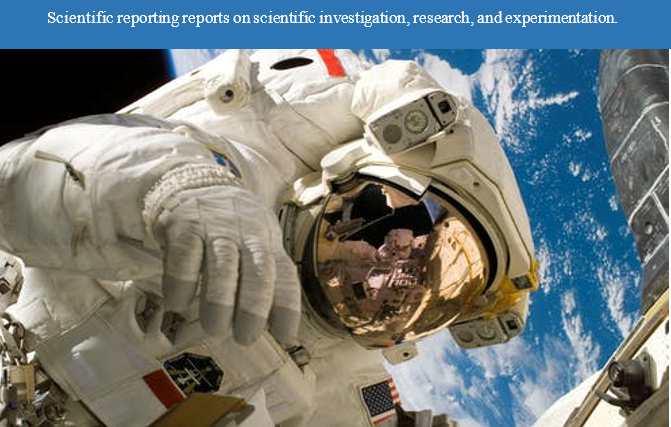Comma Splices: Definition and Examples
What is a Comma Splice?


A comma splice is basically a punctuation error caused by a wrong comma placement. Comma Splices occur when two independent clauses or complete sentences are joined together by only a comma. The result is an incomplete sentence, which can be confusing to the reader.
Comma splices should be avoided in formal writing and replaced with semicolons, dashes, or other additionals. They may also be appropriate for informal writing, depending on the context.
Defining Independent and Dependent Clauses
An independent clause is a group of words containing a subject and a verb and can stand as a complete sentence.
A dependent clause is a group of words that contains a subject and verb but cannot stand alone. Dependent clauses must be connected to an independent clause to form a complete sentence.
How do we Fix Comma Splices?
There are three main ways of fixing comma splices. These are:
Replacing the comma with a semicolon
If you wish to join two independent clauses, it is recommended that you use a semicolon instead of a comma.
| Before: Justin went to the store, he was gone for a long time. After: Justin went to the store; he was gone for a long time. |
Adding a conjunction
Using a comma and conjunction to fix the error also works.
| Before: Justin went to the store, he was gone for a long time. After: Justin went to the store, and he was gone for a long time. |
Creating separate sentences
Another way of treating two main clauses is by creating two separate sentences.
| Before: Justin went to the store, he was gone for a long time. After: Justin went to the store. He was gone for a long time. |
Comma Splice Examples
The following are examples of comma splices and how to fix them using the three methods discussed above.
Example 1:
I am a girl, I don’t like Barbie dolls.
Use a semicolon: I am a girl; I don’t like barbie dolls
Add conjunction: I am a girl, but I don’t like Barbie dolls.
Create separate sentences: I am a girl. I hate Barbie dolls.
Example 2:
Martin is an athlete, he is fit.
Use a semicolon: Martin is an athlete; he is fit.
Add a conjunction: Martin is an athlete, and he is fit.
Create separate sentences: Martin is an athlete. He is fit.
Example 3:
We are going to the mall, Jenny wants to come.
Use a semicolon: We are going to the mall; Jenny wants to come.
Add a conjunction: We are going to the mall, and Jenny wants to come.
Create separate sentences: We are going to the mall. Jenny wants to come.
Example 4:
The weather is beautiful today, let’s go for a hike.
Use a semicolon: The weather is beautiful today; let’s go for a hike.
Add a conjunction: The weather is beautiful today, so let’s go for a hike.
Create separate sentences: The weather is beautiful today. Let’s go for a hike.
Example 5:
I love eating healthy, I want a fruit salad.
Use a semicolon: I love eating healthy; I want a fruit salad.
Add a conjunction: I love eating healthy, and I want a fruit salad.
Create separate sentences: I love eating healthy. I want a fruit salad.
Example 6:
I don’t understand this question, it’s complicated.
Use a semicolon: I don’t understand this question; it’s complicated.
Add a conjunction: I don’t understand this question, because it’s complicated.
Create separate sentences: I don’t understand this question. It’s complicated.
Example 7:
The phoenix is a mythical bird, it burns down to ashes and rises from its own destruction.
Use a semicolon: The phoenix is a mythical bird; it burns down to ashes and rises from its own destruction.
Add a conjunction: The phoenix is a mythical bird, so it burns down to ashes and rises from its own destruction.
Create separate sentences: The phoenix is a mythical bird. It burns down to ashes and rises from its own destruction.
Example 8:
I need to go grocery shopping, I have nothing at home to eat.
Use a semicolon: I need to go grocery shopping; I have nothing at home to eat.
Add a conjunction: I need to go grocery shopping because I have nothing at home to eat.
Create separate sentences: I need to go grocery shopping. I have nothing at home to eat.
Example 9:
I have a cold, I plan to stay in bed today.
Use a semicolon: I have a cold; I plan to stay in bed today.
Add a conjunction: I have a cold, so I plan to stay in bed today.
Create separate sentences: I have a cold. I plan to stay in bed today.
Example 10:
It’s raining outside, I don’t want to go out.
Use a semicolon: It’s raining outside; I don’t want to go out.
Add a conjunction: It’s raining outside, so I don’t want to go out.
Create separate sentences: It’s raining outside. I don’t want to go out.
When are Comma Splices Okay?
Comma splices may be avoided in formal writing, but that doesn’t mean you can never use them. The following are some instances where comma splices are allowed:
| • Fiction • Poetry • Journaling • Friendly letter • Complex sentences |
- Fiction– Comma splices are acceptable in fictional writing because the writer is allowed to create their own rules.
- Poetry – Poets use comma splices in their writing to help convey meaning and emotion.
- Journaling – Splices can be used to create a sense of urgency or a stream-of-consciousness approach to writing.
- Friendly letter – A comma splice can be used when you are addressing a friend because the letter’s tone is more casual.
- Constructing complex sentences – Sometimes, a comma splice is required to convey a complex idea. In this case, the comma splice is used to build the structure of the sentence.
Take Away
Comma splices take away the logical connection between clauses and should be avoided in formal writing. Three methods can fix comma splices: using a semicolon, adding a conjunction, or creating separate sentences.
Be keen to identify comma splices in the editing stage of writing. This will help you find and fix run-on sentences and sentence fragments. The examples discussed here will guide you on how to link two complete sentences without causing comma splices.


I‘m a freelance content and SEO writer with a passion for finding the perfect combination of words to capture attention and express a message. I create catchy, SEO-friendly content for websites, blogs, articles, and social media. My experience spans many industries, including health and wellness, technology, education, business, and lifestyle. My clients appreciate my ability to craft compelling stories that engage their target audience, but also help to improve their website’s search engine rankings. I’m also an avid learner and stay up to date on the latest SEO trends. I enjoy exploring new places and reading up on the latest marketing and SEO strategies in my free time.





